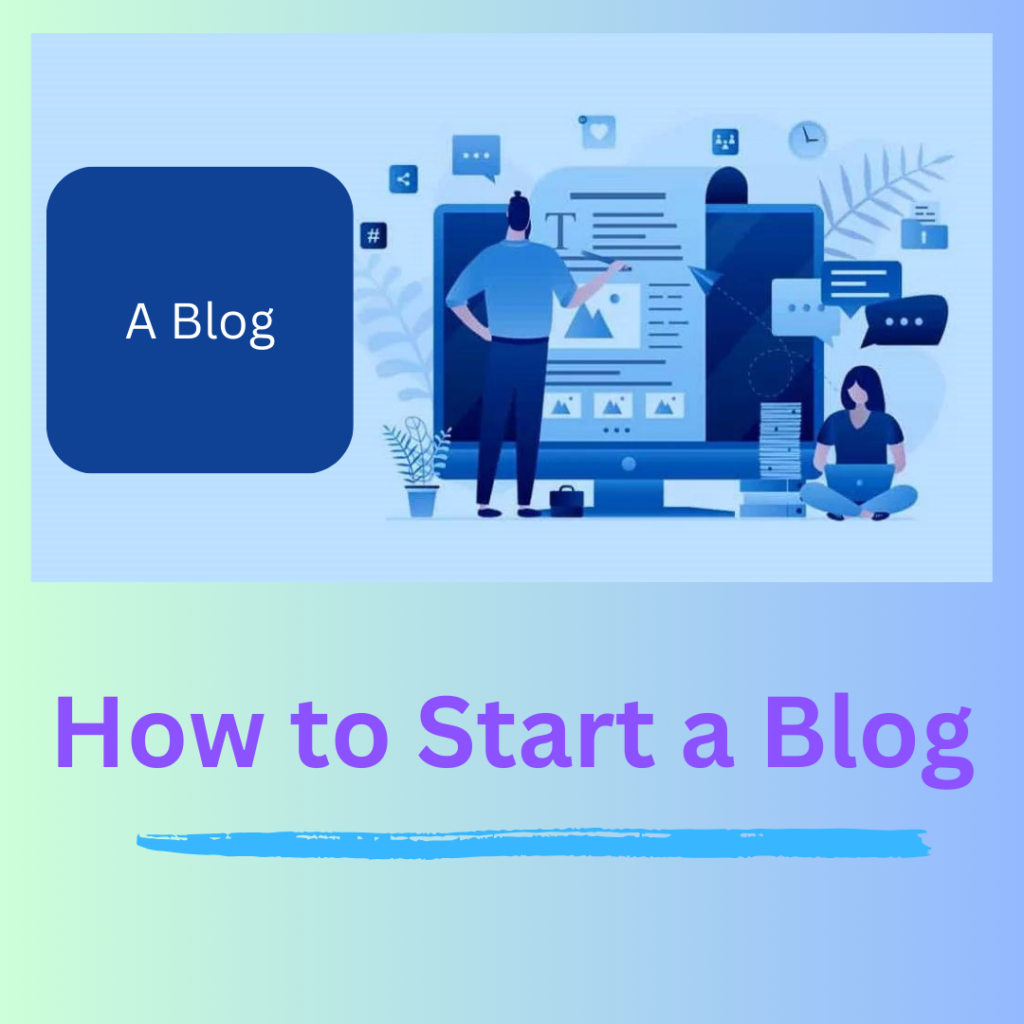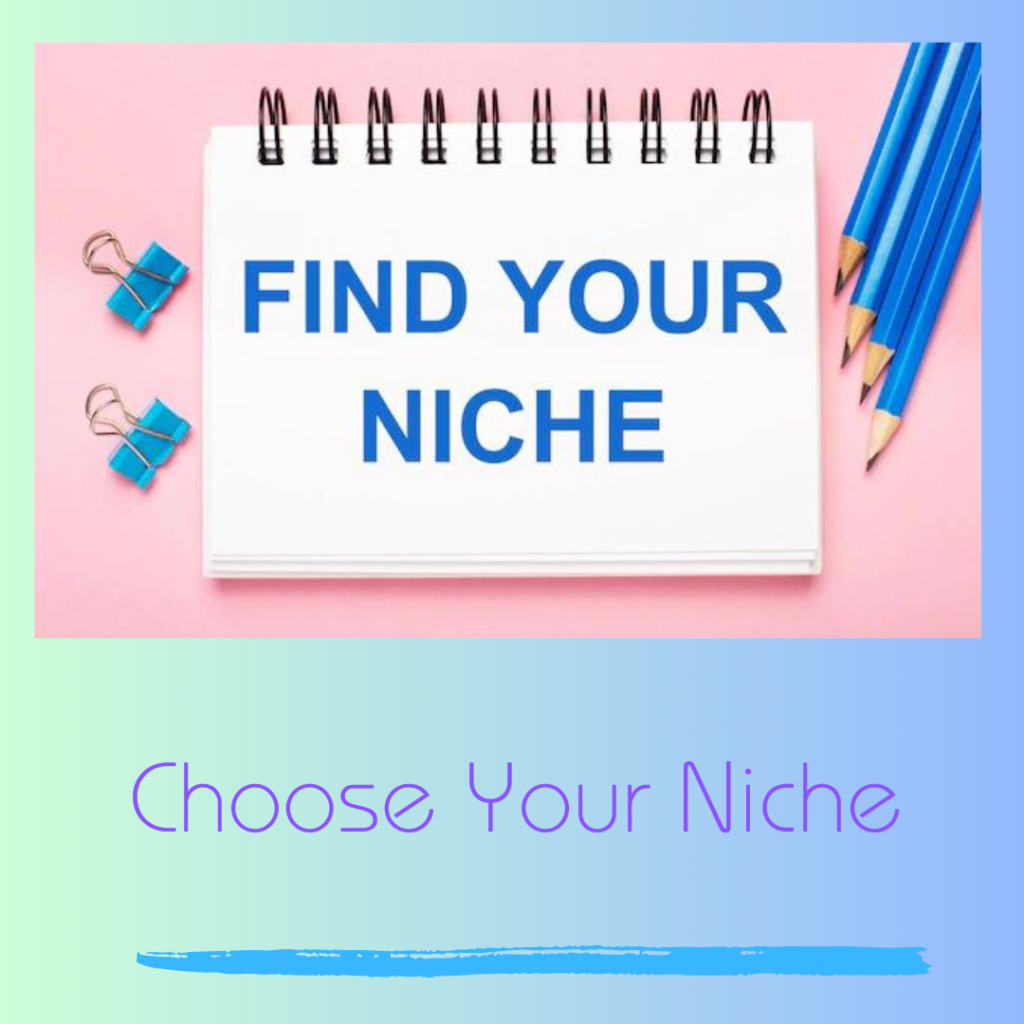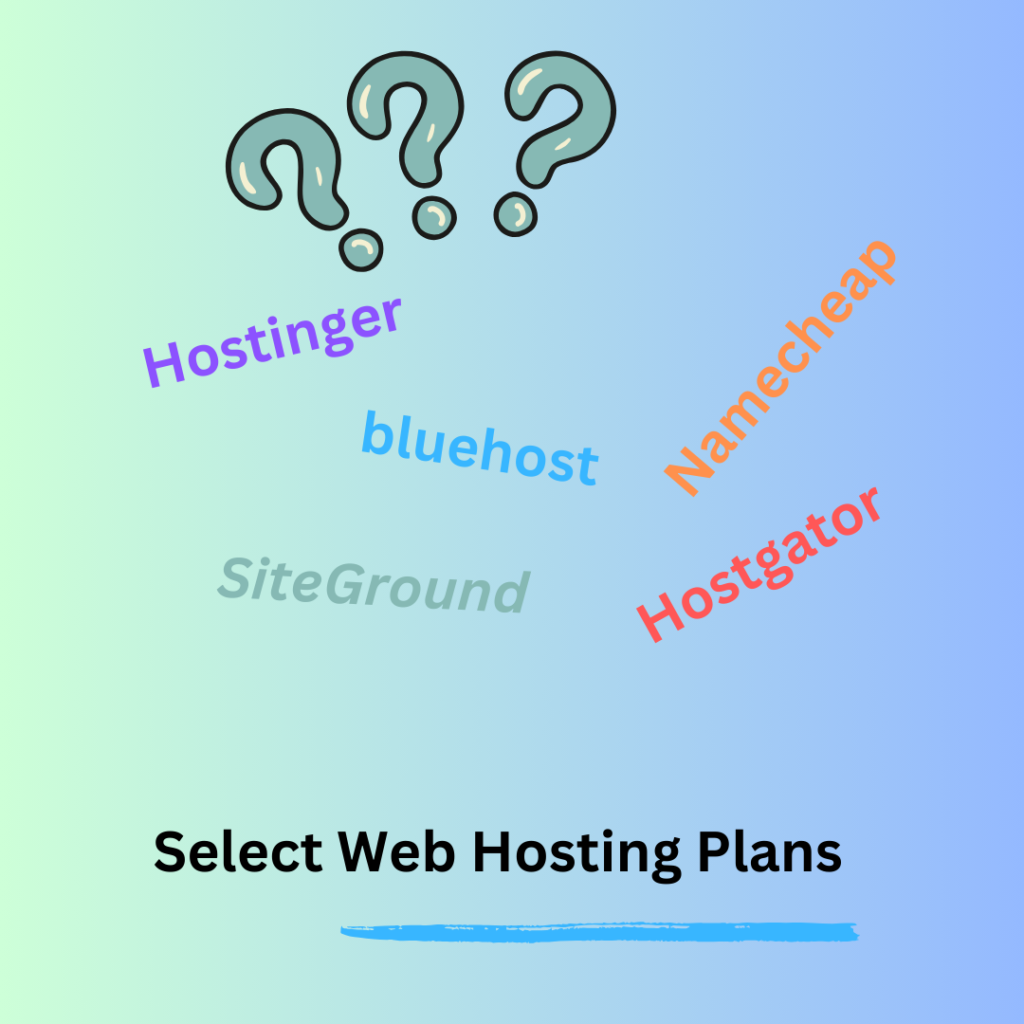So, you want to start a blog? Congratulations! Blogging is a fantastic way to express your thoughts, share your expertise, connect with like-minded individuals, and even earn money. In this comprehensive guide, we will walk you through the step-by-step process of starting a blog from scratch. Whether you’re a complete beginner or someone looking to refine their blogging skills, this article is here to help you. Let’s dive in!

How to Start a Blog: A Comprehensive Guide for Beginners
Step-by-Step Guide: How to Start a Blog
Understanding the Basics of Blogging
What is a Blog?
A blog is an online platform where individuals or businesses share their thoughts, opinions, experiences, and expertise on various topics. It allows you to publish content in a chronological format, with the most recent posts appearing first.

Benefits of Blogging
Blogging offers numerous benefits, including:
- Building an online presence and personal brand
- Establishing yourself as an expert in your niche
- Connecting and engaging with a community of like-minded individuals
- Generating income through various monetization strategies
- Improving your writing and communication skills
Finding Your Niche
Identifying Your Passion and Expertise
When choosing a niche for your blog, consider your passions, interests, and areas of expertise. Selecting a topic you genuinely enjoy will make the blogging journey more enjoyable and sustainable.

Researching Popular Blogging Niches
Conduct thorough research to identify popular blogging niches. Analyze trends, search volume, and competition to find a balance between your interests and the market demand.
Choosing the Right Blogging Platform
WordPress: The Powerhouse of Blogging Platforms
WordPress is the most popular and versatile blogging platform. It offers countless themes, plugins, and customization options, making it ideal for bloggers of all levels of expertise.

Blogger: A User-Friendly Option
Blogger is a straightforward and user-friendly platform, perfect for beginners. It’s owned by Google and integrates seamlessly with other Google services.

Squarespace: A Stylish and Easy-to-Use Platform
Squarespace is known for its stunning designs and user-friendly interface. It’s an excellent choice for bloggers focused on aesthetics and simplicity.

Selecting a Domain Name
Brainstorming Unique and Memorable Domain Names
When choosing a domain name, aim for something unique, memorable, and reflective of your blog’s topic or brand. Brainstorm ideas and use domain name search tools to check availability.
Checking Domain Availability and Registering Your Domain
Once you have a domain name in mind, use domain registrars like GoDaddy or Namecheap to check its availability. If it’s available, register it for your blog.
Setting Up Hosting for Your Blog
Understanding the Importance of Web Hosting
Web hosting is a service that allows your blog to be accessible on the internet. It’s essential to choose a reliable hosting provider to ensure your blog’s performance and security.
Choosing a Reliable Web Hosting Provider
Research and compare different hosting providers based on factors such as uptime, customer support, and pricing. Some popular options include Hostinger, Namecheap, Bluehost, SiteGround, and HostGator.

Setting Up Your Hosting Account
Sign up for a hosting plan that suits your needs and budget. Follow the provider’s instructions to set up your hosting account and link it to your domain name.
Installing WordPress
The Benefits of Using WordPress
WordPress offers flexibility, customization options, and a vast community of users and developers. It’s an excellent choice for bloggers who want full control over their blog’s design and functionality.
Step-by-Step Installation Guide
Follow the step-by-step instructions provided by your hosting provider to install WordPress on your hosting account. Once installed, you can log in to your WordPress dashboard and start building your blog.
Designing Your Blog
Choosing a WordPress Theme
Selecting an appealing and user-friendly WordPress theme is crucial for creating a positive user experience. Browse through the available themes and choose one that aligns with your blog’s style and niche.
Customizing Your Blog’s Appearance
Personalize your blog by customizing its appearance. Use the WordPress Customizer to modify elements such as colors, fonts, header and footer layouts, and background images. Make sure the design reflects your brand and appeals to your target audience.
Essential Plugins for Your Blog
Rank Math SEO: Boosting Your Blog’s Search Engine Visibility
Install and activate the Rank Math SEO plugin to optimize your blog for search engines. It provides valuable tools and features like XML sitemaps, meta tags, and readability analysis to improve your content’s visibility.
Akismet: Protecting Your Blog from Spam
Spam can harm your blog’s reputation and user experience. Install Akismet to automatically filter and prevent spam comments from appearing on your blog posts.
Jetpack Boost: Supercharging Your Blog’s Performance
Jetpack Boost offers a suite of powerful features, including site stats, social sharing buttons, and enhanced security. Install Jetpack to enhance your blog’s performance and functionality.
Creating Compelling Content
Understanding Your Target Audience
To create engaging content, it’s essential to understand your target audience. Research their demographics, interests, and pain points to tailor your blog posts to their needs and preferences.
Developing a Content Strategy
Plan your blog’s content by developing a strategy. Determine the types of posts you’ll write, the frequency of publishing, and the goals you want to achieve. Maintain consistency, because consistency is key to building a loyal readership.
Writing Engaging and SEO-Friendly Blog Posts
Craft high-quality blog posts that captivate your readers and rank well in search engine results. Use captivating headlines, include relevant keywords, structure your content with headings and subheadings, and provide valuable information.
Promoting Your Blog
Leveraging Social Media Platforms
Utilize social media platforms like Facebook, Twitter, Instagram, and Pinterest to promote your blog posts. Share snippets, images, and links to drive traffic back to your blog.

Engaging with Other Bloggers and Influencers
Build relationships with other bloggers and influencers in your niche. Engage with their content, leave thoughtful comments, and collaborate on guest posts or joint ventures to expand your reach.
Utilizing Email Marketing
Start building an email subscriber list from day one. Offer a valuable lead magnet, such as an ebook or exclusive content, in exchange for visitors’ email addresses. Use email marketing tools like Mailchimp or ConvertKit to send newsletters and updates to your subscribers.
Monetizing Your Blog
Displaying Advertisements
Once your blog gains traffic, you can monetize it by displaying advertisements. Sign up for ad networks like Google AdSense or Mediavine to generate income from ad placements on your blog.
Affiliate Marketing
Promote products or services relevant to your niche through affiliate marketing. Sign up for affiliate programs and earn a commission for every sale made through your referral links.
Creating and Selling Digital Products
Develop and sell digital products like ebooks, online courses, or templates related to your blog’s topic. Use platforms like Teachable or Gumroad to create and sell your digital offerings.
Analyzing and Improving Your Blog’s Performance
Monitoring Traffic and User Behavior
Use tools like Google Analytics to track your blog’s performance. Analyze metrics such as page views, bounce rate, and user engagement to identify areas for improvement and make data-driven decisions.
Optimizing Your Blog’s Speed and Performance
Ensure your blog loads quickly and provides a smooth browsing experience. Optimize images, use caching plugins, and choose a reliable hosting provider to improve your blog’s speed and performance.
Implementing SEO Techniques
Continuously optimize your blog for search engines. Conduct keyword research, optimize meta tags, build high-quality backlinks, and create comprehensive and shareable content to improve your blog’s visibility in search results.
Connecting with Your Readers
Encouraging Comments and Feedback
Engage with your readers by encouraging them to leave comments and provide feedback on your blog posts. Respond to their comments and foster a sense of community to create a loyal readership.
Building an Email Subscriber List
Nurture your email subscriber list by sending valuable content, exclusive offers, and updates. Personalize your emails and provide opportunities for subscribers to engage with you and your blog.
Dealing with Challenges and Staying Motivated
Overcoming Writer’s Block
Writer’s block is common among bloggers. Overcome it by taking breaks, seeking inspiration from other sources, and trying new writing techniques. Remember that consistency is more important than perfection.
Handling Negative Feedback
Not everyone will agree with your content. Handle negative feedback gracefully and use it as an opportunity to improve. Respond professionally and consider constructive criticism to refine your blogging skills.
Staying Consistent and Focused
Blogging requires consistency and focus. Set realistic goals, create an editorial calendar, and establish a routine that works for you. Stay motivated by reminding yourself of your purpose and the value you provide to your audience.
Conclusion – How to Start a Blog
Starting a blog may seem overwhelming, but with the right guidance, you can embark on this exciting journey. Follow the steps outlined in this comprehensive guide to create a successful and engaging blog. Remember, it takes time, effort, and dedication to build a thriving blog. So, take the leap, unleash your creativity, and enjoy the process of sharing your voice with the world!
Frequently Asked Questions (FAQs)
Q: How much does it cost to start a blog?
A: The cost of starting a blog varies depending on your choices. Domain names typically cost around $10 to $20 per year, while hosting can range from $3 to $30 per month. However, there are free alternatives available as well.
Q: How long does it take to make money from a blog?
A: Earning money from a blog takes time and effort. It can range from a few months to a year or more, depending on factors such as niche selection, content quality, and marketing strategies.
Q: Do I need technical skills to start a blog?
A: While technical skills can be beneficial, they are not essential. Many blogging platforms, like WordPress, offer user-friendly interfaces that require no coding knowledge.
Q: Can I change my blog’s niche in the future?
A: Yes, you can change your blog’s niche if you feel the need to. However, it’s essential to consider the impact it may have on your existing audience and branding.
Q: How often should I publish new blog posts?
A: Consistency is key when it comes to publishing blog posts. Aim for a schedule that you can realistically maintain, whether it’s once a week, twice a month, or any other frequency that suits you.

1 thought on “How to Start a Blog”